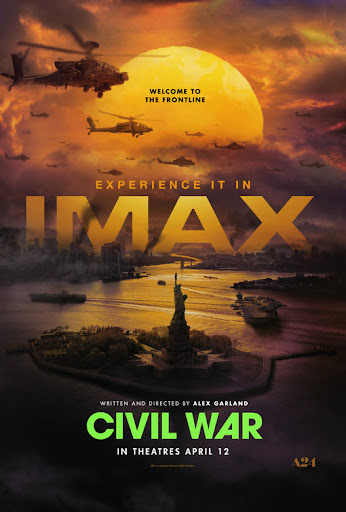 When I was in college, my friends and I decided to vacation to Florida during spring break week. One of the guy’s parents lived near Ft. Lauderdale, so we made a plan to drive down in one 24-hour stretch, hang out for a few days, and then drive back.
When I was in college, my friends and I decided to vacation to Florida during spring break week. One of the guy’s parents lived near Ft. Lauderdale, so we made a plan to drive down in one 24-hour stretch, hang out for a few days, and then drive back.
MTV was at its apex at the time and had popularized the annual pilgrimage with live broadcasts from the beach, concerts with top touring acts, and host of other debaucheries. Being avid MTV watchers, we bought into the hype and made a plan to attend. We were all confident that spring break in Florida was a rite of passage that we had to experience.
Things got off to a rough start when we got two speeding tickets on our trip down. The car we were driving wasn’t in the best shape either, so the anxiety of breaking down was a constant.
We eventually made it, and after a day of sleeping, we finally got around to hitting the beach. I had never been to a party that big, that loud, that chaotic, or that dangerous. I remember looking around and wondering how all these people ended up in the same spot. And while we had pictured ourselves being swarmed by girls as we frolicked in the surf, the reality was more about avoiding the police and not getting into a drunken brawl.
Apparently, our modern spring break originated in the 1930s when collegiate swim teams from around the country began to train in the warmer weather during the early months of the year. Annual conferences followed, as did the college friends of the swimmers who tagged along for fun.
The burgeoning event gained further popularity after Glendon Swarthout wrote his novel “Where the Boys Are” in 1960. The book followed a group of midwestern college girls as they traveled to Ft. Lauderdale, for fun and mischief. The book was quickly made into a movie that audiences swooned over (the movie also produced the hit song of the same name sung by Connie Francis, who had a co-starring role).
After the movie’s release, Ft. Lauderdale saw an amazing uptick in springtime visitors, which they initially loved.
By the 1970s, spring break had evolved into a massive cultural phenomenon, with thousands of college students flocking to Florida each year to partake in the festivities. Cities like Daytona Beach, Miami Beach, and Panama City Beach also emerged as popular destinations, each offering its own unique attractions and experiences for visitors.
However, with the exponential growth in the number of spring breakers came challenges related to overcrowding, rowdy behavior, and concerns about safety. In response, local authorities and businesses implemented various measures to manage the crowds and ensure that spring break remained a fun and safe experience for everyone involved.
 By the time my crew arrived, the authorities were just starting to crack down on the craziness. It would still take several years for things to get really out of control, so I feel like we were there just after the heyday had peaked.
By the time my crew arrived, the authorities were just starting to crack down on the craziness. It would still take several years for things to get really out of control, so I feel like we were there just after the heyday had peaked.
We drank more than we should have, but we were smart enough to look after each other. On that trip, I saw my very first wet t-shirt contest as well as my first thong bikini. The thong bikini sighting would seem tame by today’s standards, but in the late 1980s, it was otherworldly. I remember specifically that the young woman featured in that first thong bikini sighting was pushing a baby carriage, which resulted in a mental dichotomy for most of us.
After the first day, I concluded that massive amounts of beer and very hot sun were a poor combination. I luckily had dark Italian skin but one of our friends was a pasty redhead and his first-day burns were substantial enough to keep him sheltered for the next couple days.
There’s no doubt we had a lot of fun on that spring break, but by our last day, none of us was interested in returning to the beach. Instead, we hung out by the pool and relaxed. We survived the experience, but even as a rowdy college kid, I had no interest in ever returning. That spring break trip also offered an important life lesson: Don’t always buy into the hype.
I did buy into the hype over this week’s feature, “Civil War,” starring Kirsten Dunst. The new film features a dystopian America where the country has devolved into four factions embroiled in a bitter battle for power.
This is an interesting road trip film that will force the viewer to examine their opinions on what is right and wrong. It’s certainly filled with disjointed angles, but overall, the ride is worth taking.
Check this one out if you have periodic concerns that our country is heading in the wrong direction. The future projected in this film may have you pausing any fantasies of social upheaval.
A combative “B-” for “Civil War,” now playing in theaters everywhere.
Got a question or comment for Dom? You can email him at [email protected].



